
Ansible for DevOps: Server and Configuration Management for Humans
by
Jeff Geerling
Published 9 Oct 2015
Good security also helps you achieve the holy grail of system administration—100% uptime. In this chapter, you’ll learn about Linux security and how Ansible can help secure your servers, following the basic topics above. A brief history of SSH and remote access In the beginning, computers were the size of large conference rooms. A punch card reader would merrily accept pieces of paper that instructed the computer to do something, and then a printer would etch the results into another piece of paper. Thousands of mechanical parts worked harmoniously (when they did work) to compute relatively simple commands. As time progressed, computers became somewhat smaller, and interactive terminals became more user-friendly, but they were still wired directly into the computer being used.
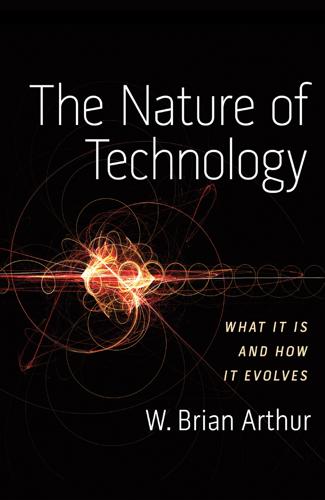
The Nature of Technology
by
W. Brian Arthur
Published 6 Aug 2009
And if the resulting change in the economy is important enough, we call that a revolution. How Domains Evolve Let us dive into the main question of this chapter. How exactly do domains come into being and subsequently develop? Many, as I said, coalesce around a central technology. As the computer comes into being, supporting technologies—punched card readers, printers, external memory systems, programming languages—begin to gather around it. Others, the grand discipline-based domains in particular, form around families of phenomena and the understandings and practices that go with these. Electronics and radio engineering built from understandings of the workings of electrons and of electromagnetic waves.
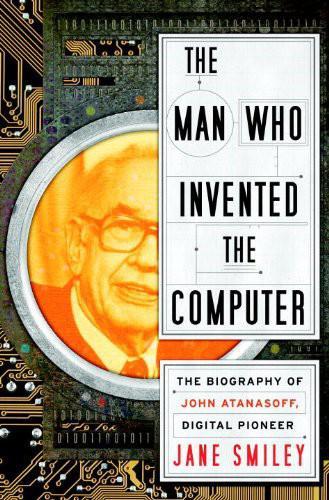
The Man Who Invented the Computer
by
Jane Smiley
Published 18 Oct 2010
It was to be built of a power supply and electric motor for driving the machine; four master control panels, controlled by instructions on punched rolls of paper tape and synchronized with the rest of the machine; manual adjustments for controlling the calculation of functions; 24 sets of switches for entering numerical constants; 2 paper tape readers for entering additional constants; a standard punched card reader; 12 temporary storage units; 5 units each—add/subtract, multiply, divide; various permanent function tables (e.g. sine, cosine, etc.); accumulators; and printing and card punching equipment. All of these components should be built to accommodate figures up to 23 digits long. Finally, Aiken estimated the speed of the calculator based upon the speed of contemporary IBM machines, 750 8-digit multiplications per hour, representing a vast increase in speed and accuracy over manual methods of calculation.
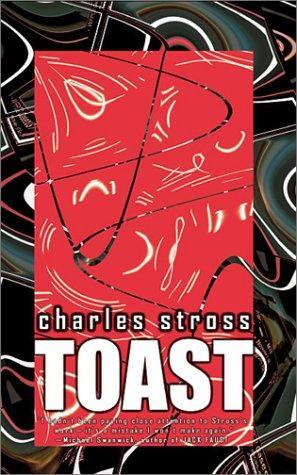
Toast
by
Stross, Charles
Published 1 Jan 2002
Only it ran under DOS, ‘cause of the extra level of emulation. Then they figured they ought to let the data entry clerks log in through virtual terminals so they could hire teleworkers from India instead of paying guys in suits from Berkhampstead, so they wrote a tty driver just for the weird virtual punched-card reader or whatever the bloody accounting system thought it was working with.” Someone tapped me on my shoulder. I glanced round. “Yo, dude! Gimme five!” “Six,” I said. Clive beamed at me. “Been here long?” “Just arrived,” he said. “I knew I’d find you propping up the bar. Hey, did the guys on the gangway give you any aggro?”
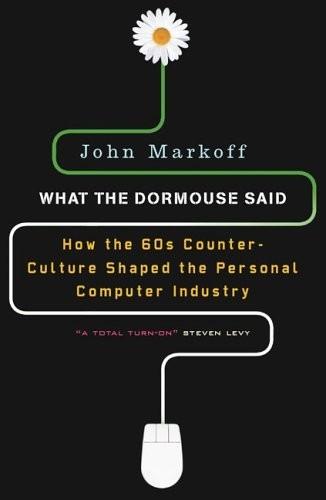
What the Dormouse Said: How the Sixties Counterculture Shaped the Personal Computer Industry
by
John Markoff
Published 1 Jan 2005
The skills Crane developed on the SSEC later proved useful when he was hired to work on a new computer being built by the legendary mathematician John Von Neumann at the Institute for Advanced Study in Princeton. Frustrated with the slow speed of getting data into and out of his machine, Von Neumann had persuaded IBM’s founder, Tom Watson Sr., to donate a punch-card reader to help speed up the process. Since he was one of the few people who knew how card readers worked, Crane was enlisted in the project. In Princeton, he was witness to one of the world’s first artificial light shows when, late at night, he sat and watched the Johniac’s one hundred thousand neon tubes dance on and off in rhythmic patterns.
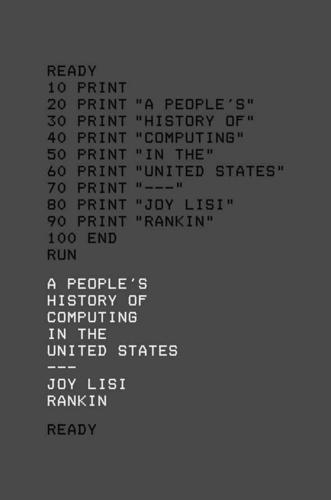
A People’s History of Computing in the United States
by
Joy Lisi Rankin
They received manuals for both the 225 / 235 and the Datanet-30 from GE and began to learn all about the computers on which they would implement time-sharing.93 In fact, the 225 / 235 manual also included manuals for the peripheral equipment that Dartmouth would be using with the computer: a punched-card reader, a “mass random access data storage system” that used magnetic discs, a high- speed printer, and a magnetic tape subsystem.94 The Dartmouth team needed to learn the intricacies of machine programming for the 225 / 235 and the Datanet-30. These included commands such as When Students Taught the Computer 31 ADD (performing addition of two numbers), SUB (performing subtraction), ADO (a positive one [+1] added to a part icular number in memory), and STA (for “Store A,” whereby the data labeled “A” are placed into memory at a part icu lar location).95 Even without the computers, the team could begin drafting their programs for time- sharing and BASIC on the GE programming tablets.96 GE delivered the two computers in March 1964, and the Dartmouth team redoubled their efforts.97 Dartmouth h oused the computers in the basement of College Hall, at the heart of campus.

The Age of Spiritual Machines: When Computers Exceed Human Intelligence
by
Ray Kurzweil
Published 31 Dec 1998
Babbage’s new conception—the “Analytical Engine”—could be programmed to solve any possible logical or computational problem. The Analytical Engine had a random-access memory (RAM) consisting of 1,000 “words” of 50 decimal digits each, equivalent to about 175,000 bits. A number could be retrieved from any location, modified, and stored in any other location. It had a punched-card reader and even included a printer, even though it would be another half century before either typesetting machines or typewriters were to be invented. It had a central processing unit (CPU) that could perform the types of logical and arithmetic operations that CPUs do today. Most important, it had a special storage unit for the software with a machine language very similar to those of today’s computers.
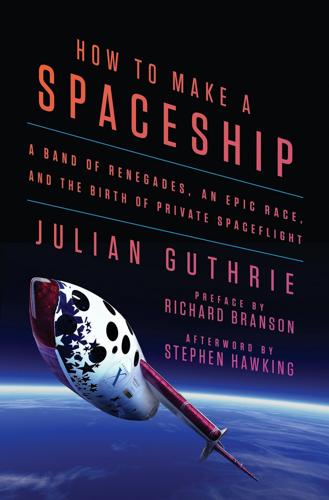
How to Make a Spaceship: A Band of Renegades, an Epic Race, and the Birth of Private Spaceflight
by
Julian Guthrie
Published 19 Sep 2016
They learned electronics by building Heathkits, making small transistor radios with resistors, capacitors, diodes, transistors, a rheostat, and a small loudspeaker. Their classmate Jon Lynn was the first in their group to build a working computer, the Sol-20 by Processor Technology, similar to the early Altair. Their first “computers” relied on punch cards for programming, based on the same mechanical principle as the Jacquard loom, with the punch-card reader converting the perforations into on/off electrical signals, which the computer interpreted as numbers and instruction codes for the calculation. Carrying the punch cards around school was like being a part of a secret fraternity. After school, the boys hung out at the Gold Coast video arcade, playing Pong, Tank, and Speed Race.
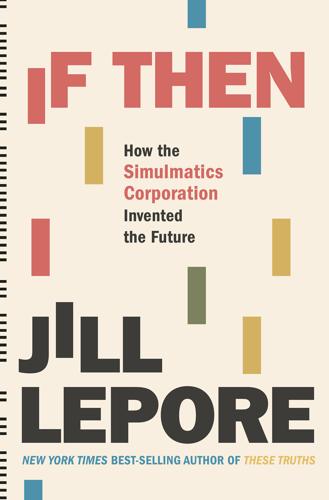
If Then: How Simulmatics Corporation Invented the Future
by
Jill Lepore
Published 14 Sep 2020
Georgia, feeding the cards into the machine, looks out the office window, across the street, and into another office, where a dentist is sedating a female patient. When the dentist inserts a syringe into the woman’s mouth, her shoes jerk suddenly. Georgia watches as the dentist begins to pull a tooth and—just as Freesmith removes the last of the cards from the punch-card reader—“the dentist stepped away from the woman and a burr in his hand glistened with bright red blood.”45 You can almost hear Burdick hollering, “Get it? The punch card is like a tooth pulled out of your head! It’s horrible! Mike has blood on his hands!” The Ninth Wave, a Book-of-the-Month Club selection, became a bestseller.

The Innovators: How a Group of Inventors, Hackers, Geniuses and Geeks Created the Digital Revolution
by
Walter Isaacson
Published 6 Oct 2014
It was the first major use of electrical circuits to process information, and the company that Hollerith founded became in 1924, after a series of mergers and acquisitions, the International Business Machines Corporation, or IBM. One way to look at innovation is as the accumulation of hundreds of small advances, such as counters and punch-card readers. At places like IBM, which specialize in daily improvements made by teams of engineers, this is the preferred way to understand how innovation really happens. Some of the most important technologies of our era, such as the fracking techniques developed over the past six decades for extracting natural gas, came about because of countless small innovations as well as a few breakthrough leaps.
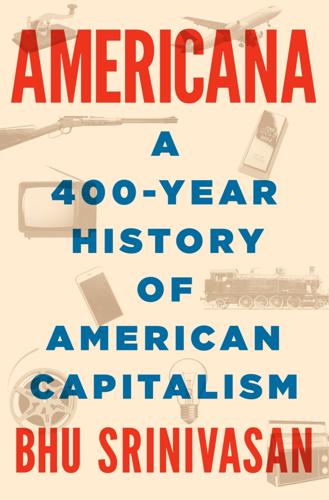
Americana: A 400-Year History of American Capitalism
by
Bhu Srinivasan
Published 25 Sep 2017
Rather than elaborate gears and mechanical counters, computing processes that could be observed, these “electronic brains” did the processing work invisibly. In explaining computers to customers, Watson Jr. explained that what electrons moving at the speed of light really did was “add one and one,” just as the mechanical punch card readers did. At IBM business calculations were broken down into “simple steps of arithmetic and logic such as adding, subtracting, comparing, and making lists. But to amount to anything, these steps have to repeated millions of times.” After observing that the fastest mechanisms of the punch card machines could do four additions per second, while the most primitive electronic circuits could do five thousand, IBM began to rapidly reinvent itself.

Americana
by
Bhu Srinivasan
Rather than elaborate gears and mechanical counters, computing processes that could be observed, these “electronic brains” did the processing work invisibly. In explaining computers to customers, Watson Jr. explained that what electrons moving at the speed of light really did was “add one and one,” just as the mechanical punch card readers did. At IBM business calculations were broken down into “simple steps of arithmetic and logic such as adding, subtracting, comparing, and making lists. But to amount to anything, these steps have to repeated millions of times.” After observing that the fastest mechanisms of the punch card machines could do four additions per second, while the most primitive electronic circuits could do five thousand, IBM began to rapidly reinvent itself.

The Singularity Is Near: When Humans Transcend Biology
by
Ray Kurzweil
Published 14 Jul 2005
Most straightforward are the paper documents, which although showing signs of age are eminently readable. Only slightly more challenging are the vinyl records and analog tape recordings. Although some basic equipment is required, it is not difficult to find or use. The punch cards are somewhat more challenging, but it's still possible to find punch-card readers, and the formats are uncomplicated. By far the most demanding information to retrieve is that contained on the digital disks and tapes. Consider the challenges involved. For each medium I have to figure out exactly which disk or tape drive was used, whether an IBM 1620 circa 1960 or a Data General Nova I circa 1973.Then, once I've assembled the requisite equipment, there are layers of software to deal with: the appropriate operating system, disk information drivers, and application programs.